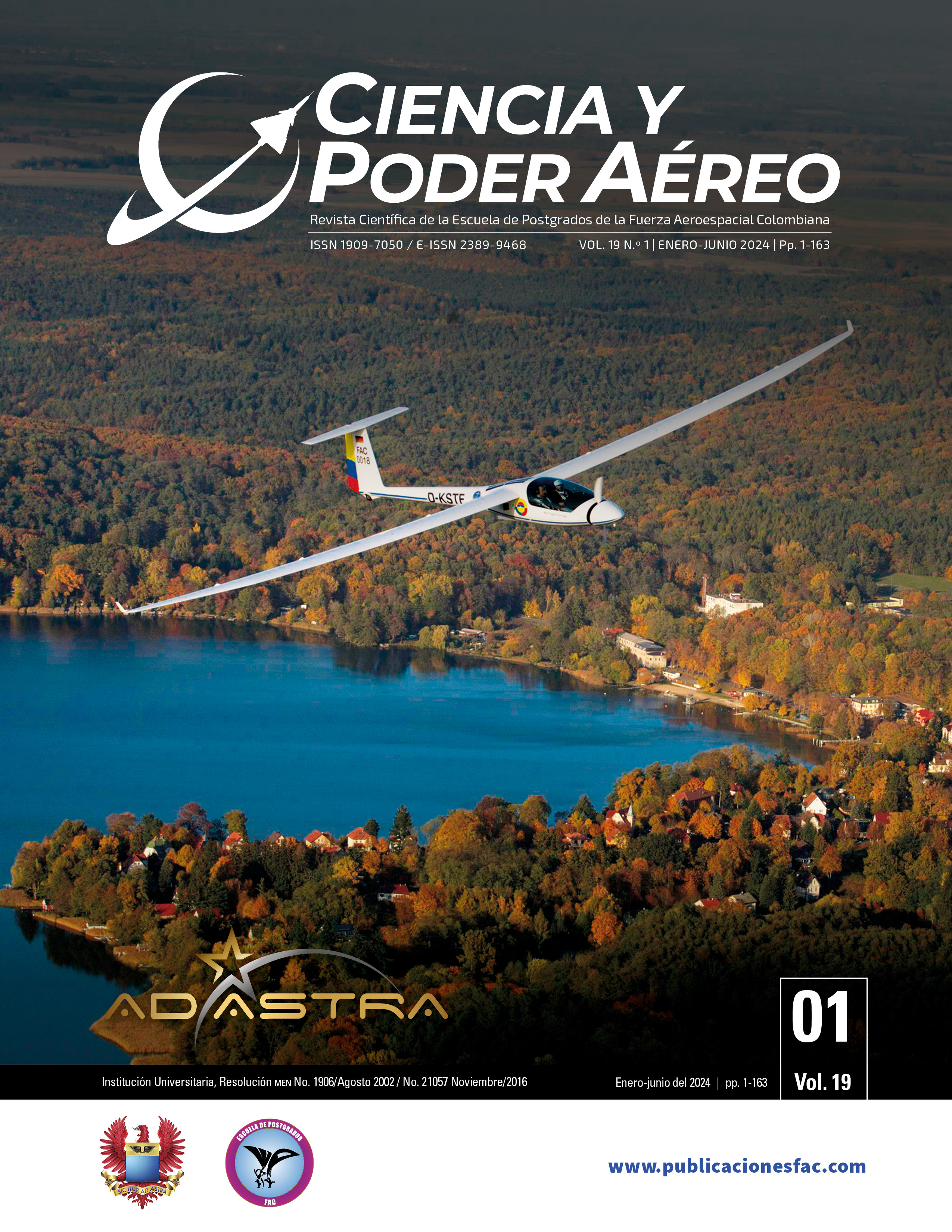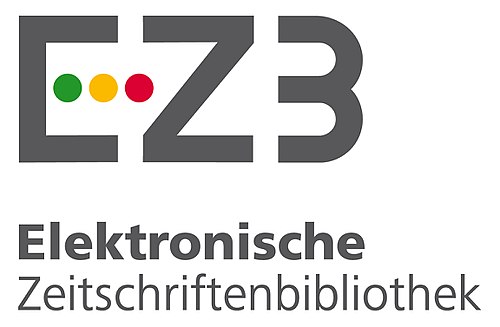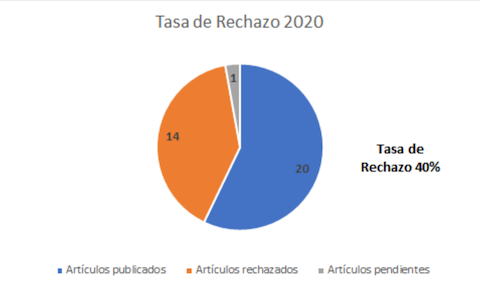Estructuración del espacio aéreo urbano para un funcionamiento eficaz del tráfico logístico
DOI:
https://doi.org/10.18667/cienciaypoderaereo.799Palabras clave:
UAVs, logística, espacio aéreo urbano, gestión del tráfico aéreo, redes, optimización y heurísticaResumen
Este trabajo considera el problema de la estructuración del espacio aéreo urbano para que la logística urbana basada en UAVs pueda realizarse de forma eficiente. Este problema es importante para garantizar la movilidad y accesibilidad de todos los operadores. En primer lugar, se propone un conjunto de hipótesis sobre la organización de las capas inferiores del espacio aéreo urbano, a continuación se formula un problema de asignación óptima de flujos, se desarrolla un enfoque heurístico de solución y, por último, se muestra su aplicación a un problema de tamaño medio.
Descargas
Referencias
Doole, M., Ellerbroek, J. & Hoekstra J. (2018). Drone Delivery. Urban airspace traffic density estimation. Eighth SESAR Innovation Days. https://pure.tudelft.nl/ws/portalfiles/ portal/68971371/SIDs_2018_paper_3.pdf
EmbraerX. (2019, June 2nd). Procedures will be key for Urban Air Traffic Management. Vertical. https://evtol.com/ news/embraerx-procedures-will-be-key-for-urban-airtraffic-management/
EmbraerX, Atech & Harris. (n.d.) Flight Plan 2030. An air traffic management concept for urban air mobility. https://daflwcl3bnxyt.cloudfront.net/m/4e5924f5de4 5fd3a/original/190527-whitepaper-flightplan2030- 150dpi_.pdf
Eun J., Song B. D., Lee S. & Lim D. E. (2019)). Mathematical Investigation on the Sustainability of UAV Logistics. Sustainability, MDPI, 11(21), 1-15.
Ford, L. R. & Fulkerson, D. R. (1956). Maximal flow through a network, Canadian Journal of Mathematics, 8, 399–404.
Goodchild, J. A. & Toy, A. (2018). Delivery by drone: An evaluation of unmanned aerial vehicle technology in reducing CO2 emissions in the delivery service industry. Transportation Research Part D: Transport and Environment, 61(A), 58-67.
Iranmanesh, S., Raad, R., Raheel, M., Tubbal, F. & Jan, T. (2020). Novel DTN Mobility-Driven Routing in Autonomous Drone Logistics Networks. IEEE Access, 8(1), 13661-13673. 10.1109/ACCESS.2019.2959275
Koiwanit, J. (2018) Analysis of environmental impacts of drone delivery on an online shopping system, Advances in Climate Change Research, 9(3), 201-207.
Park, J., Kim, S. & Suh, K. (2018). A Comparative Analysis of the Environmental Benefits of Drone-Based Delivery Services in Urban and Rural Areas. Sustainability, 10(3), 888.
Roca-Riu, M. & Menendez M. (2019, May 15 – 17). Logistic deliveries with Drones. State of the art of practice and research. STRC, Swiss Transport Research Conference, Monte Veritá, Ascona, https://www.strc.ch/2019/RocaRiu_Menendez.pdf
Sah, B., Gupta, R. & Bani-Hani, D. (2021). Analysis of barriers to implement drone logistics. International Journal of Logistics Research and Applications, 24(6), 531-550. 10.1080/13675567.2020.1782862
Yen, J. Y. (1971). Finding the k-Shortest Loop Less Paths in a Network. Management Science, 17(11), 712–716.
Zubin, I., van Arem, B., Wiegmans, B. & Van Duin, R. (2020). Using Drones in the Last-Mile Logistics Processes of Medical Product Delivery: A Feasible Case in Rotterdam. Proceedings of the 99th Annual Meeting TRB, 1-17
Publicado
Número
Sección
Licencia
Derechos de autor 2023 Escuela de Postgrados de la Fuerza Aérea Colombiana

Esta obra está bajo una licencia internacional Creative Commons Atribución 4.0.
Declaración de cesión de los derechos de autor a la revista
Los autores ceden la Revista los derechos de explotación (reproducción, distribución, comunicación pública y transformación) para explotar y comercializar la obra, entera o en parte, en todos los formatos y modalidades de explotación presentes o futuros, en todos los idiomas, por todo el periodo de vida de la obra y por todo el mundo.
Todos los contenidos publicados en la revista científica Ciencia y Poder Aéreo están sujetos a la licencia reconocimiento 4.0 Internacional de Creative Commons, cuyo texto completo se puede consultar en http://creativecommons.org/licenses/by/4.0/
La licencia permite a cualquier usuario descargar, imprimir, extraer, archivar, distribuir y comunicar públicamente este artículo, siempre y cuando el crédito se dé a los autores de la obra: a los autores del texto y a Ciencia y Poder Aéreo, Revista Científica de la Escuela de Postgrados de la Fuerza Aérea Colombiana. Excepto cuando se indique lo contrario, el contenido en este sitio es licenciado bajo una licencia Creative Commons Atribución 4.0 internacional.
Para usos de los contenidos no previstos en estas normas de publicación es necesario contactar directamente con el director o editor de la revista a través del correo cienciaypoderaereo@epfac.edu.
La Escuela de Postgrados de la Fuerza Aérea Colombiana y esta publicación no son responsables de los conceptos emitidos en los artículos, ni de los metadatos aportados ni de las filiaciones que los autores declaren, ya que esta es responsabilidad plena de los autores.






















